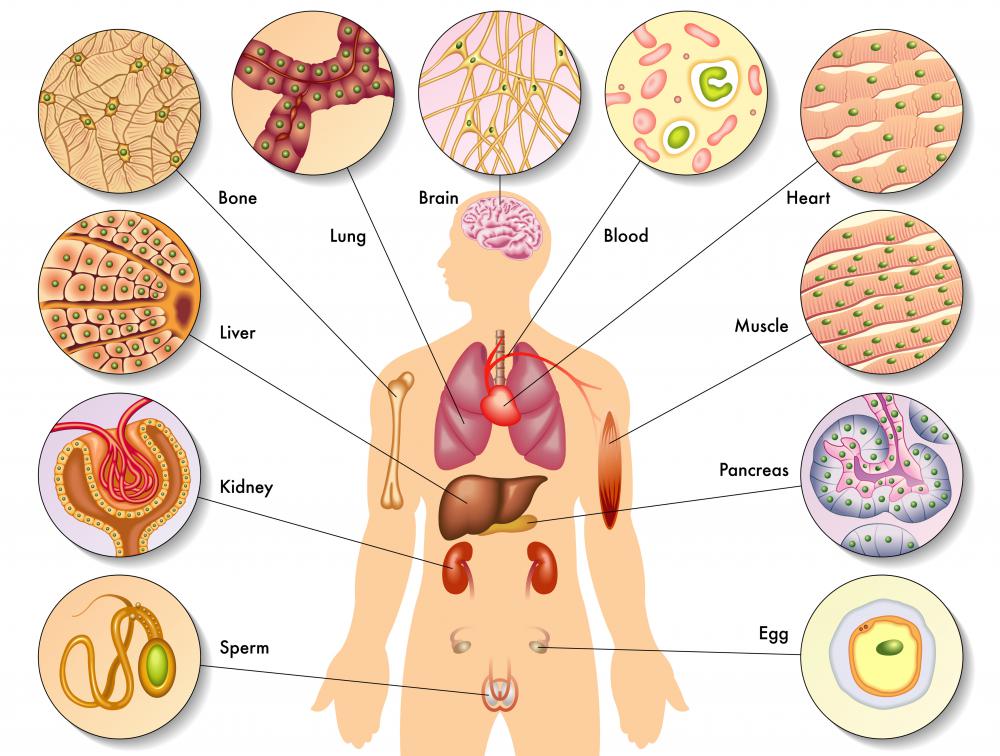At WiseGEEK, we're committed to delivering accurate, trustworthy information. Our expert-authored content is rigorously fact-checked and sourced from credible authorities. Discover how we uphold the highest standards in providing you with reliable knowledge.
What Is Nanotoxicology?
Nanotoxicology is a subfield of toxicology that is concerned with the study of the potentially toxic effects of nanoscale particles, or particles with a diameter of less than 100 nanometers — for scale, 1 nanometer equals 10-6 millimeters. In general, the toxic properties of nanoscale particles arise from the fact that such particles have a very high surface-to-volume ratio. This high surface-to-volume ratio makes the particles, which are often small enough to penetrate cellular membranes, highly reactive with many different chemicals and tissues. Some chemical reactions involving nanoscale particles can have deleterious effects within the body. The field of nanotoxicology is concerned with classifying the conditions that lead to toxic effects and devising ways to prevent and treat them.
One of the main concerns of the field of nanotoxicology is determining which properties of specific nanoscale particles lead to toxic effects. Size is one of the major factors that affects toxicity, as smaller particles are able to penetrate tissues and cells and are, therefore, able to affect areas that larger particles can not. The shape and reactivity of a given particle is also highly important to nanotoxicology, as these factors determine, to some extent, the effect that nanoscale particles have on surrounding tissue. Different particles may also have a variety of effects on different types of tissue, so external conditions must be considered when analyzing the toxicology of a given particle.

Another area of importance in the field of nanotoxicology is the transportation of nanoscale particles throughout the body. Such particles are so small that they can be absorbed through almost any part of the body. Once they gain access to the body, they tend not to be limited to the immediate area of absorption. They are small enough to move into the bloodstream and travel to many different organs throughout the body, including the brain and kidneys. Elucidating the manner in which a given nanoscale particle can enter and travel through the body is a vital goal of the field of nanotoxicology.

Several different processes involving nanoscale particles can lead to potentially toxic effects. A small number of such particles may not, for instance, have any noticeable effect, but sickness might result if many more build up over time. This is a significant risk because of the ease with which such small particles can enter the body. Alternatively, the highly reactive particles may be able to cause damage to cells even without accumulating in large numbers. Nanotoxicology researchers hope to determine precisely how nanoscale particles harm organisms in order to develop an effective defense against them.
AS FEATURED ON:
AS FEATURED ON:












Discuss this Article
Post your comments